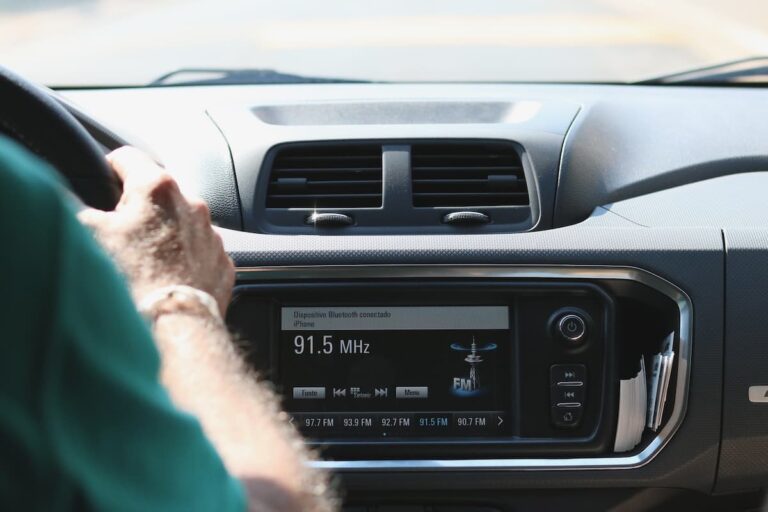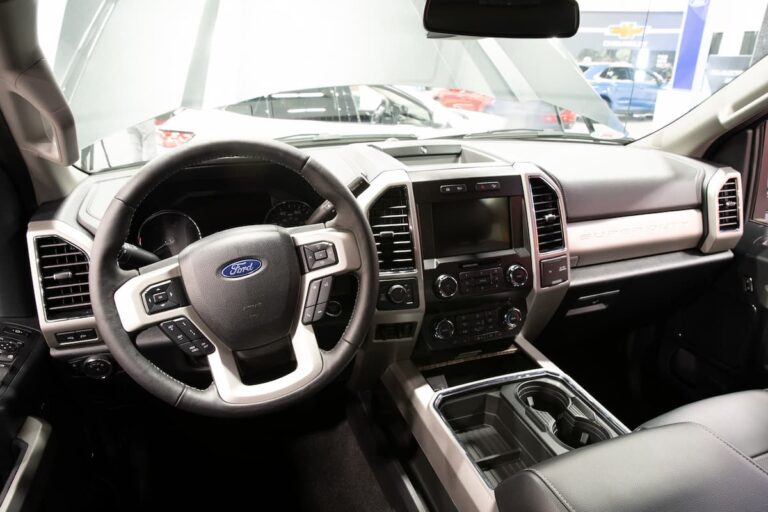How to Get Ford F-150 Out of Limp Mode?
Limp mode can be a vital feature in a car since it lets you know of potential issues.
However, a car stuck in limp mode when it shouldn’t be is beyond annoying.
The most common way to get a Ford F-150 out of limp mode is to determine what is causing the mode to activate and mend it. But, in some cases, limp mode comes on because of an incorrect reading in your car’s computer. You can usually fix this simply by restarting your engine.
In this article, I will discuss what limp mode is, how to tell if an F-150 is in limp mode, and how to get the vehicle out of limp mode.
I will also discuss the possible dangers of driving in limp mode.
What Is Limp Mode?
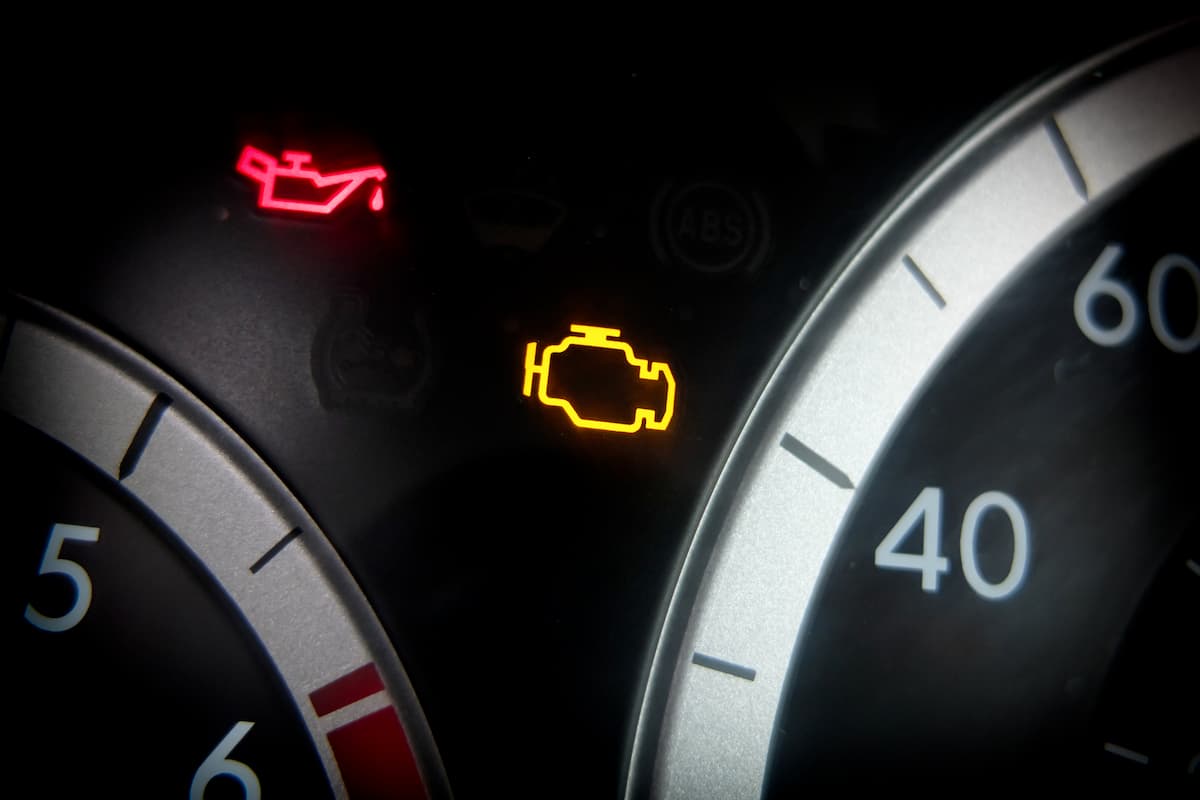
Before we start, let’s discuss what limp mode is and why it is an essential feature in your F-150.
Limp mode turns on when the computer system in your car detects a major fault.
When limp mode activates, your car will provide itself with just enough energy to get you to a safe location.
Thus, the less important parts of your car’s electrical system, such as the stereo and heat/air conditioner, will shut down.
Your car also won’t accelerate as quickly and won’t go past a certain speed.
Vehicles in limp mode do this in an attempt to prevent an accident if there truly is a significant issue with your car.
How Do I Know if Limp Mode Is On in a Ford F-150?
Unfortunately, there isn’t a light that tells you that your F-150 is in limp mode.
Instead, you have to determine this yourself.
Luckily, though, figuring out if your truck has gone into limp mode is pretty simple.
An F-150 in limp mode may:
- Have the check engine light on
- Shake
- Accelerate slowly
- Refuse to go over a certain speed, usually 35-45 mph (56-72 kph)
So, as you can see, if your car has gone into limp mode, you will almost definitely know.
5 Methods to Get a Ford F-150 Out of Limp Mode
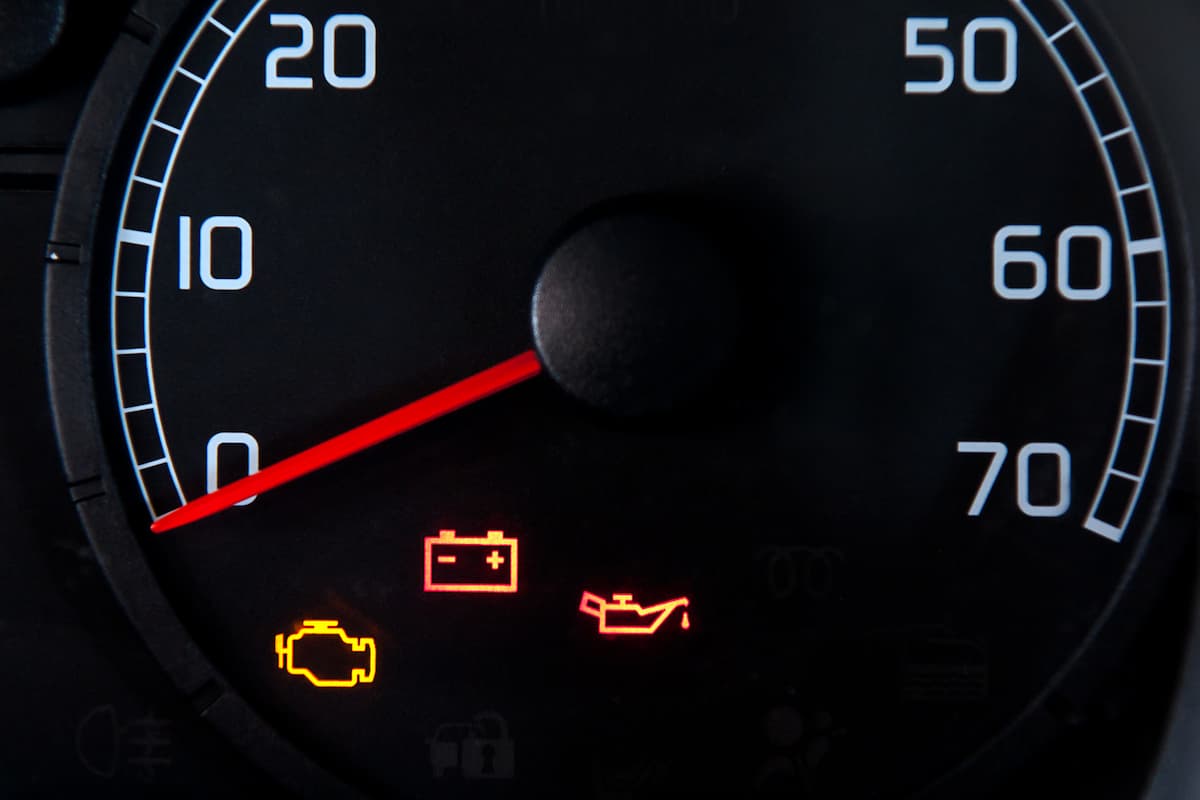
Getting your F-150 out of limp mode isn’t as easy as pressing a few buttons.
Rather, you will have to figure out what the problem is and fix it.
Thus, getting rid of limp mode can take some trial and error, meaning you may have to try several of these methods before your car deactivates limp mode.
Method One: Shut Off and Re-Start Your Engine
If your F-150 enters limp mode, the first thing you should do is cut off your engine and leave it off for about five to ten minutes.
You see, sometimes the software in your car determines there’s an issue when there isn’t one.
And if this happens, shutting off your engine for a while can reset any confusion it may have.
So, after that five to ten minutes, turn your car back on and see if it is still in limp mode.
If it is, there may be an actual problem you need to address.
Method Two: Use an OBD Scanner
Using an OBD scanner is the most efficient way of figuring out why your car is in limp mode.
An OBD scanner is a device that connects to your car’s software and alerts you of any error messages it finds.
So, as you can see, this tool can be pretty indispensable when trying to get your car out of limp mode.
To use an OBD scanner, you first need to plug the device into your vehicle’s OBD port.
Remember, though, that cars made before 1996 may not be compatible with modern OBD scanners.
You can find the OBD port in your F-150 directly above the gas and brake pedals.
Once you’ve connected your scanner, it will give you a diagnostic code, or if you have a more expensive OBD, it will tell you the issue directly.
If you need to interpret your diagnostic code, you can search the code online or look it up in the manual that came with your scanner.
Now that you know what the problem is, you will be able to get it fixed, which should turn off limp mode.
Method Three: Check Your Fluid Levels
Vehicles sometimes enter limp mode if the fluid levels, specifically the oil and transmission fluid, are very low.
To check your transmission fluid, start by driving around for about 20 minutes because warm transmission fluid will give you a more accurate reading.
Then, open your hood and pull out the transmission dipstick.
In most F-150 models, the transmission dipstick is a yellow ring, which you will find on your left-hand side.
Wipe off any fluid on the dipstick and then re-insert it all the way back into its tube.
Pull it out again and see how far the fluid goes up the stick.
If your fluid level is still in the “COLD” portion of the stick, you need more transmission fluid.
Checking the oil is a similar process, except you don’t need to drive your car around first.
To check your oil levels, you need to begin by ensuring your vehicle is on level ground.
Next, open the hood and locate the oil dipstick.
In Ford F-150s, the oil dipstick is usually in front of the engine and has either a circular or T-shaped handle.
Pull out the dipstick and wipe away any oil on it.
Re-insert the dipstick, pull it back out, and see how far the oil reaches on the stick.
If the oil does not come up to the lowest mark on the stick, you need more oil.
If you realize you need oil or transmission fluid, make the proper adjustments and see if your car is now out of limp mode.
Trucks that are still in limp mode after changing the fluids have a different issue you need to address.
Method Four: Check for Damaged Wires
Damages wires are another reason your car may activate limp mode.
And luckily, there’s a safer way to check out the wires in your car without having to take anything apart: using a multimeter.
But, you should note that using a multimeter to test all the connections in your vehicle is not exactly intuitive.
Thus, you will need to do some research if you are going to use a multimeter yourself.
Method Five: Take Your F-150 to a Licensed Mechanic
If none of the above solutions worked and you can’t figure out how to get your F-150 out of limp mode, you should take it to a licensed mechanic.
And yes, bringing your truck to a mechanic will cost you some money, but sometimes it is your safest and surest option to get rid of limp mode and fix any potential issues.
Will Driving in Limp Mode Harm My F-150?
Driving in limp mode could harm your F-150.
Vehicles enter limp mode because they have detected a significant problem.
So, if you keep driving your truck in limp mode, you could be worsening the issue.
Is it Dangerous to Drive in Limp Mode?
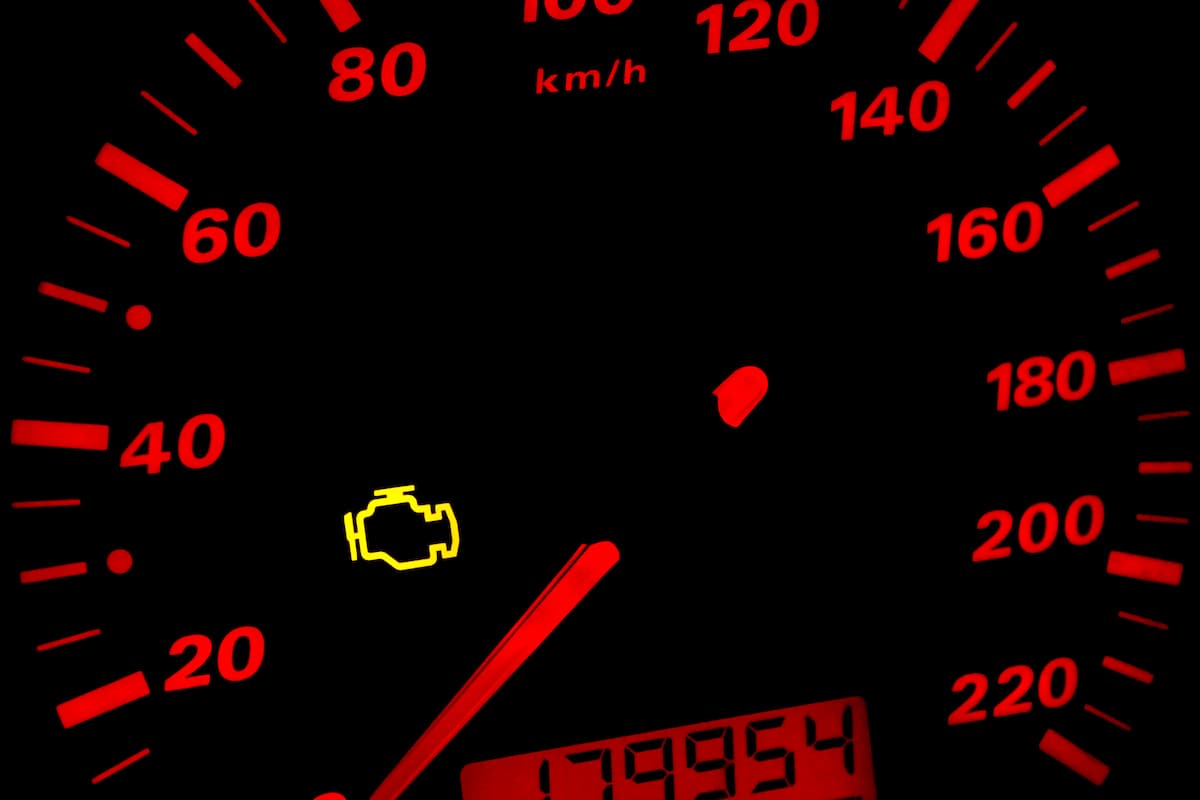
It can be dangerous to drive in limp mode.
One reason is that limp mode causes your car to go much slower, which could make driving dangerous if you are on a high speed limit road.
Also, a car in limp mode will not accelerate quickly, so quick or tight maneuvers are riskier.
Additionally, if your car has entered limp mode, there may be something seriously wrong with your vehicle that could lead to a dangerous malfunction.
So, if your F-150 enters limp mode, you should stop driving as soon as you can.
And while looking for a safe place to pull over, you should turn on your hazards and use extra caution.
Conclusion
In most cases, the only way to get your car out of limp mode is to fix whatever issues caused limp mode in the first place.



